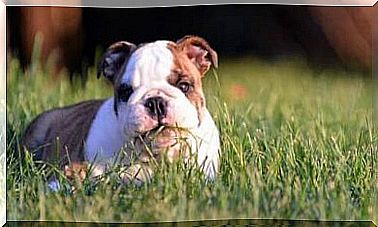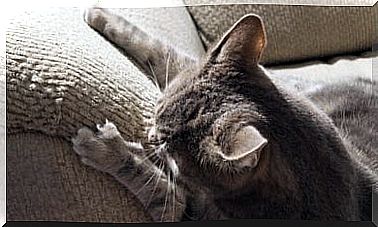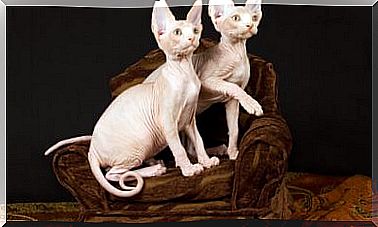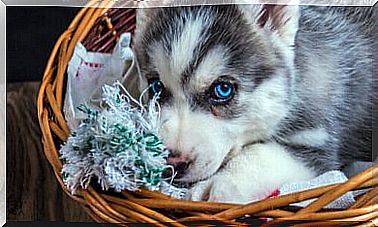6 Beautiful Wild Relatives Of The Domestic Hen
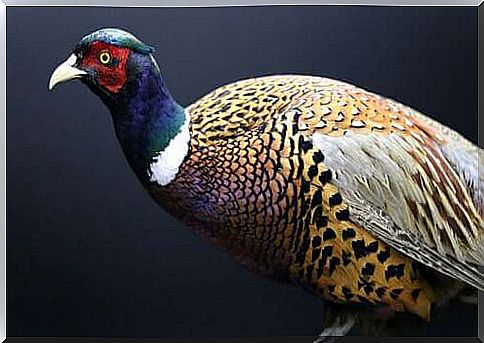
Gallinaceous birds, also known as gallinaceous, are a family of more than 280 species. To this group belong the domestic chickens, of the genus Gallus , and that is why the name of the group means “which resemble the rooster”. In it we can find many of its best known relatives, such as the partridge and the turkey. Let’s discover together six wild relatives of the hen.
Although we will mention probably less known species than those mentioned, these wild relatives of the hen share many characteristics with them and with roosters.
For example, the fact of not knowing how to fly because, with rare exceptions, these birds have a heavy body and short wings. Let’s see six wild relatives of the hen together.
Six wild relatives of the hen
Read on – we’re going to show you six wild relatives of the domestic hen.
Collared grouse
The Bonasa umbellus is a galliform bird endemic to North America, which lives in the territories ranging from Alaska to the island of Newfoundland. Unlike many of his relatives, including chickens, he is monogamous.
The male mates with a single female, which he attracts by vigorously flapping his wings and making a noise that spreads through the forest. As he approaches, the male raises the black plumes that adorn his neck and tail feathers and reaches out in front of the female.

The rooster of the sage
The greater sage-grouse, also known as the sage cock, the name of the plant in which you usually live, is the exotic relative of the biggest chicken in all of North America.
During mating, its tail remains erect in the shape of a toothed fan, while it inflates a pouch on its neck, exposing two orange air pockets. These pouches are so large that its head almost disappears among the mass of flesh and feathers.
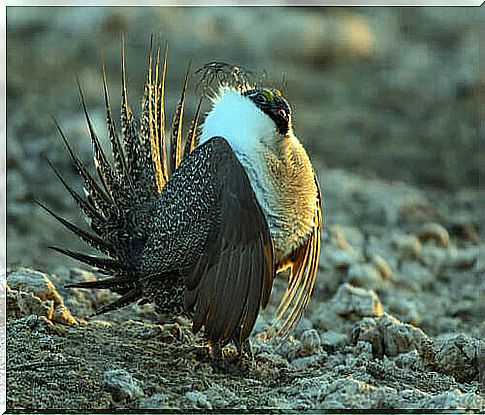
Another curious exotic relative of the hen: the black grouse
The Lyrurus tetrix is a sedentary, polygamous and sociable bird all year round, a symbol of the European Alps. It lives on the edge of the moors covered by an abundant and harsh undergrowth. The male is also polygamous and chooses well-defined areas for his courtship displays.
These performances consist of collective dances that bring together several males, who repeatedly bow their heads while waving their tails, jumping and engaging in ritual fights. This frenzied performance is accompanied by cackling, hissing and other sounds, which attract the female and prompt her to choose a mate.
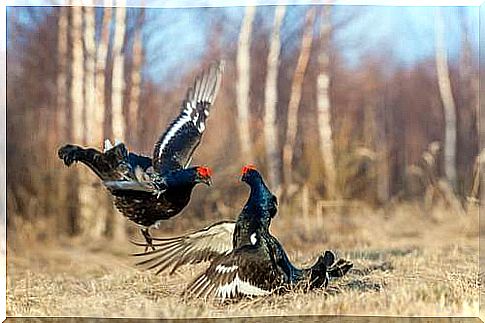
The hoatzin, one of the most bizarre relatives of the hen
The hoatzin (scientific name Opisthocomus hoazin) is a rather unusual looking bird, the only member of the genus Opisthocomus. It lives in the swampy areas of the tropical areas surrounding the Amazon and Orinoco rivers, in South America. There, on the banks, it feeds on aquatic plants.
Its legs are strong, but not strong enough to keep it balanced on a branch, so to stand erect it leverages its sternum, which for this reason is covered with calluses.
Its digestive system is also very particular. Although like many other birds it has gizzards, these function in a rudimentary way.
However, his stomach is very large and developed, with a horny lining that allows him to grind food. That is, it does what gizzards would do in any other bird. This huge apparatus takes up considerable space in the hoatzin’s chest, causing him to lose his balance after a large meal.

Is the guinea fowl mitrata one of the wild relatives of the hen?
The Numida meleagris is known as guinea fowl mitrata for its similarity with the vultures (of the genus Vultur ). It has a featherless head and neck, except for a small, more conspicuously colored collar, which stands out from the rest of the plumage, while the chest is filled with long feathers of various colors.

A descendant of the ice age: the capercaillie
The capercaillie, scientific name Tetrao urogallus, is the largest of all wild hens. Think that it can weigh up to seven kilos and its wings reach an opening of one and a half meters. It lives throughout Europe, from the Scandinavian Peninsula to Lake Baikal in Siberia.
In the Iberian Peninsula there are isolated nuclei in the high mountains. For this reason, since 1979 Spain has decided to ban its hunting and since 1986 has classified it as a protected species.
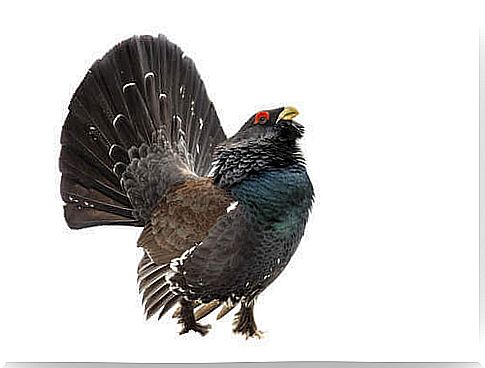
During courtship his hoarse cry sounds like a bellow to challenge the rest of the males. In encounters, the capercaillie fights fiercely, moving away from its nest, but for the rest of the time it remains sheltered in the dense coniferous forests, on the edge of the cliffs.
The grouse dance for courtship is spectacular : the male perches on the highest branches and emits his strong call. Then the pantomime begins: raise your head, unfold the tail vertically, lower your wings and puff up the neck feathers, continuing with alternating steps with large jumps.
As we can see, the wild relatives of the hen have different living and courtship habits. Despite having evolved independently for many years, all of these birds share some traits that include them in the same family.

